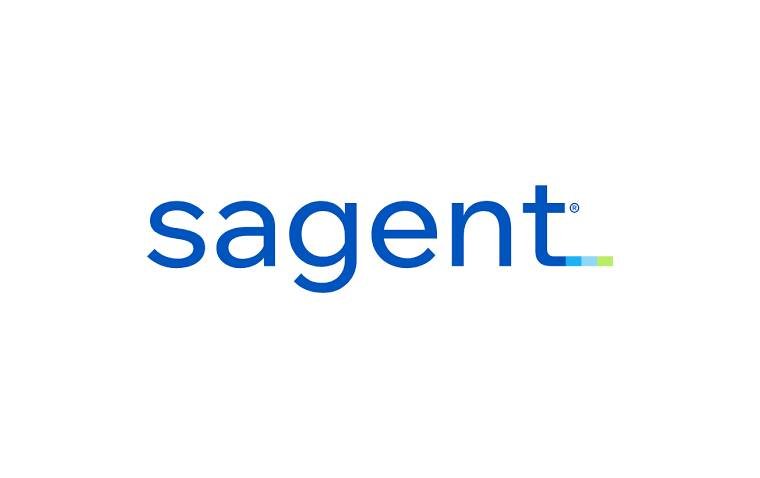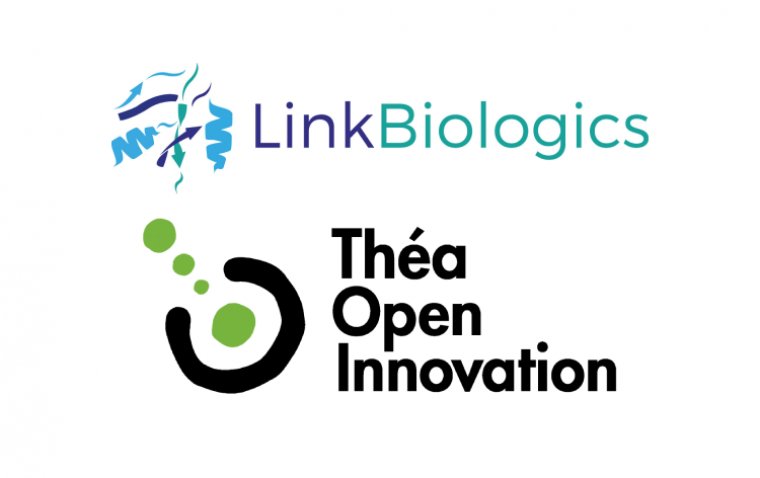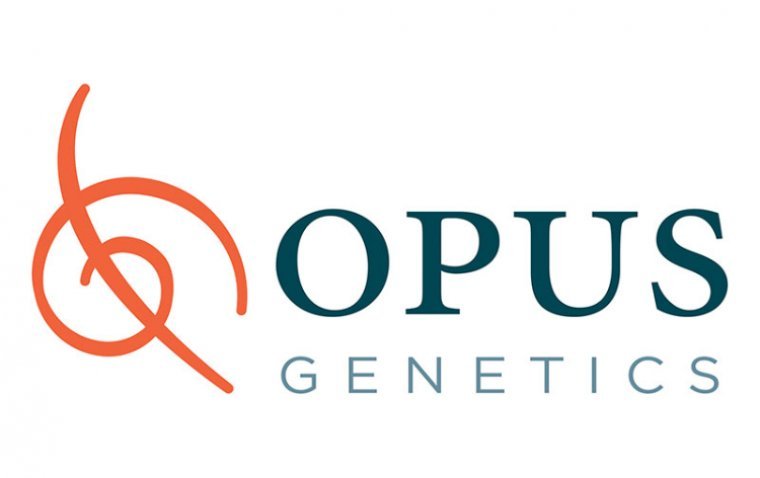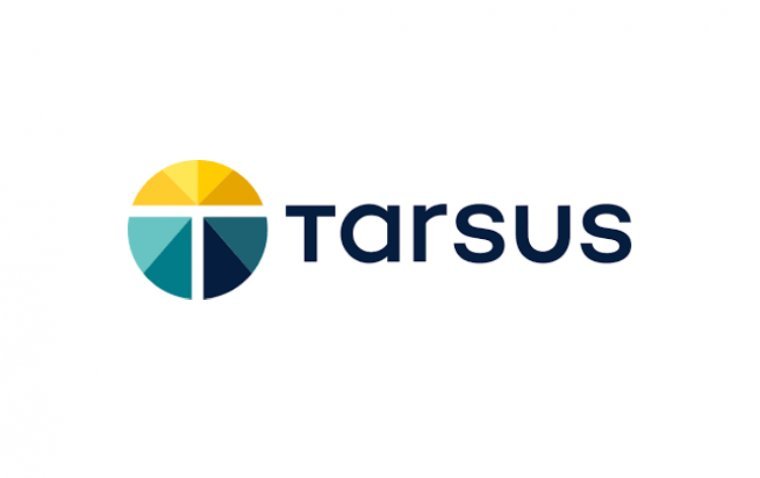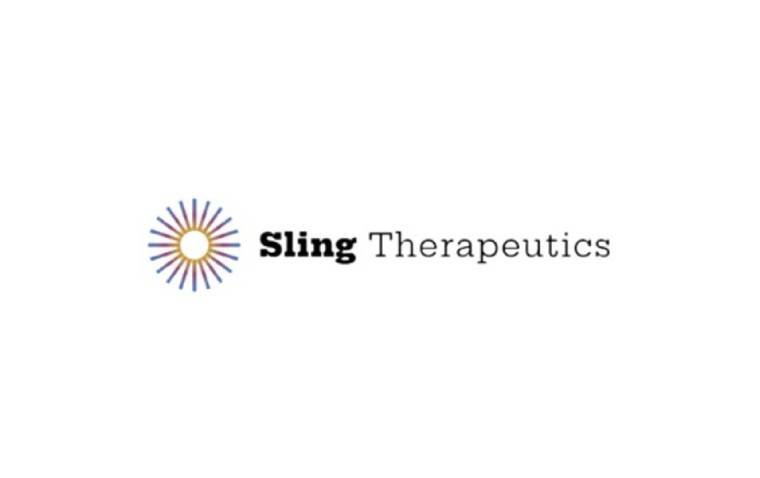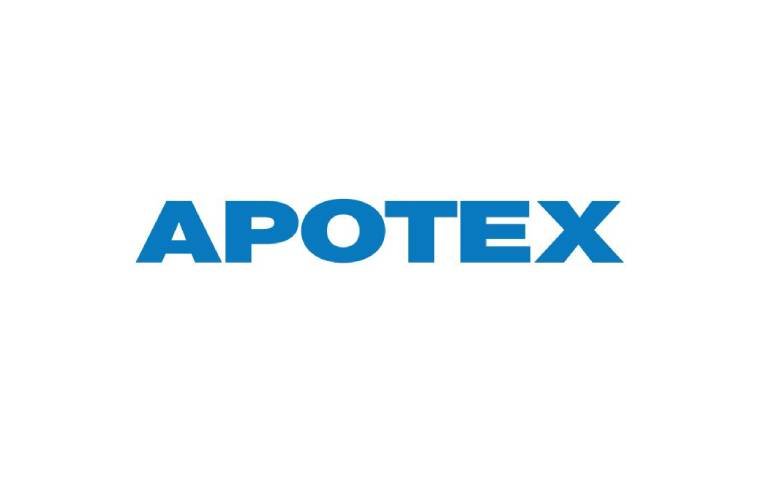
Study: Nanodropper Adaptor Matches Traditional Drops in IOP Control
In a pivotal development in the field of ophthalmology, Nanodropper Inc announced that the results from a clinical trial evaluating the Nanodropper® Adaptor have been published in the esteemed journal, Ophthalmology.
The study's findings indicate that there was no clinically significant difference in intraocular pressure (IOP) when administering microdrops from the Nanodropper® Adaptor compared to conventional eyedrops of the glaucoma treatment timolol maleate 0.5%.
Eyedrop Delivery with the Nanodropper® Adaptor
The Nanodropper is an innovative adaptor that attaches directly to eyedrop bottles, significantly reducing the size of the drops administered into the eye by over 60%. This reduction in drop size has been shown to decrease waste, cost, and side effects, marking a significant advancement in medication delivery efficiency and patient care. The clinical trial specifically evaluated 12.5 μL timolol maleate 0.5% microdrops versus 28 μL drops in patients with open-angle glaucoma (OAG) and ocular hypertension (OHT).
Expert Insights on Microvolume Delivery Technologies
Dr. Alan L Robin, the corresponding author on the publication, emphasized the importance of the trial's findings, stating, "Eyedrop size has not seriously been commercially addressed in the past." He further noted, "I believe microvolume delivery technologies may offer solutions in the form of less waste, increased patient savings, and hopefully better safety profiles for many topical ophthalmic medications. Nanodropper is the first commercially available potential solution to this long-standing problem."
The trial was designed as a prospective, multicenter, randomized, parallel-group, single-masked, active-controlled, non-inferiority trial. It not only demonstrated no clinically significant difference between the microdrops and conventional drops but also revealed that subjects in the microdrops arm experienced a significantly smaller decrease in heart rate compared to those who received conventional drops.
Comprehensive Study and Implications
A total of 419 subjects were evaluated in the trial, with 207 in the conventional drops arm and 212 in the microdrops arm. The subjects were assessed at 1, 2, and 8 hours after drop administration. The study provides comprehensive data on the effectiveness of timolol 0.5% in reducing IOP across various timeframes, contributing valuable insights into the efficacy of reduced drop sizes in treating glaucoma and ocular hypertension.
The publication of these trial results in Ophthalmology highlights a significant step forward in the quest for more efficient and patient-friendly ophthalmic treatment methods. The Nanodropper® Adaptor's ability to deliver medication more efficiently could herald a new era in eye care, offering promising solutions for patients and healthcare providers alike.
Importance of IOP Management in Open-Angle Glaucoma
The importance of intraocular pressure control in managing open-angle glaucoma (OAG) and ocular hypertension (OHT) cannot be overstated. IOP is a critical factor in the progression of these eye conditions, where elevated pressure within the eye can lead to damage of the optic nerve, ultimately risking vision loss. Effective IOP management is essential for slowing the progression of glaucoma, a leading cause of irreversible blindness worldwide.
For patients with OHT, controlling IOP is crucial to prevent the development of glaucoma. By maintaining IOP within a target range, the risk of optic nerve damage can be significantly reduced, preserving vision and enhancing the quality of life for individuals affected by these conditions. Therefore, treatments and interventions that can reliably manage IOP are invaluable tools in the ophthalmologist's arsenal against vision loss due to glaucoma and ocular hypertension.
Reference
Stegar J. PhD, Durai I. PhD, Odayappan, A. MD, et al. Published March 13, 2024 DOI:https://doi.org/10.1016/j.ophtha.2024.03.012
(1).jpg)
